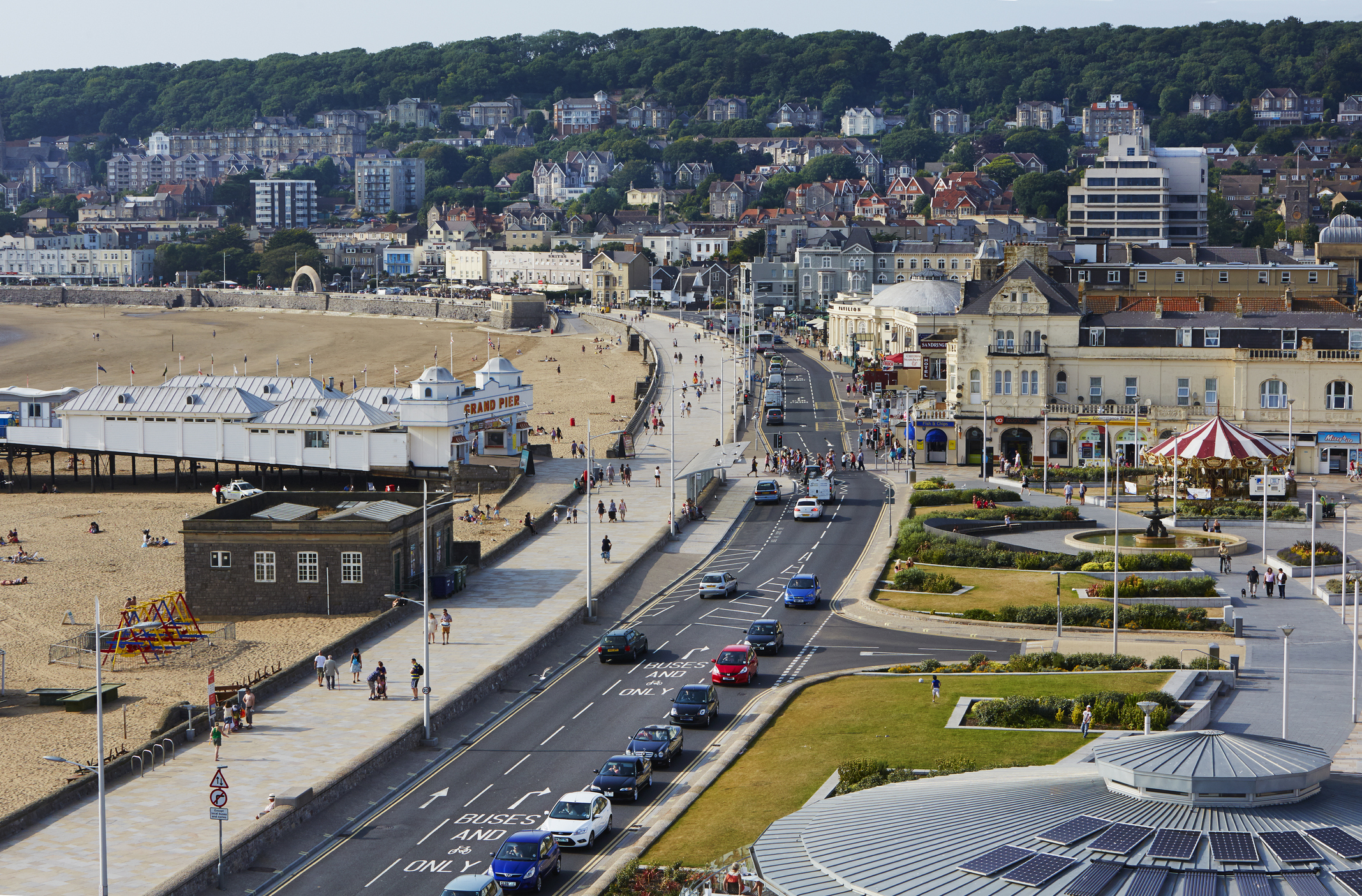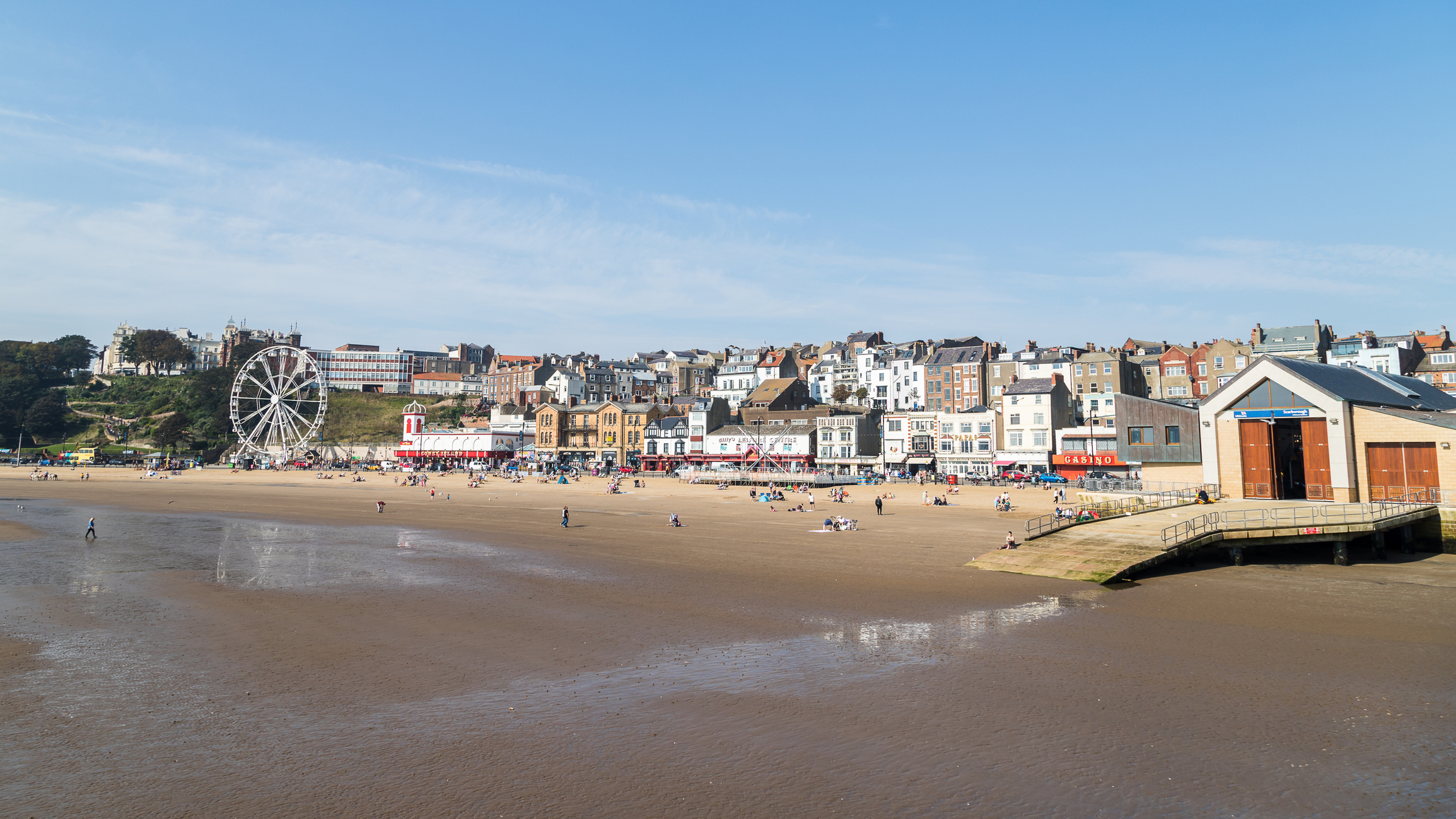Britain's Victorian seaside towns: A tale of sun, sand, affection, neglect, decay and regeneration
Country Life's cultural commentator Athena looks at the sad plight of Britain's seaside towns, but has hopes that things may be heading in the right direction.


On a train heading from London to the South-West recently, Athena found herself surrounded by American visitors travelling to the World Heritage Site that is Bath. How many of them, she wondered, had heard of our beautiful Georgian resorts of Weymouth, Sidmouth or Lyme Regis? Despite being an island nation with a rich and varied coastal heritage, we are notoriously bad at marketing our seaside places to international visitors. Perhaps because we are collectively ashamed of them?
A recent book The Seaside, England’s Love Affair by journalist Madeleine Bunting (see Country Life's full review, below) exposes the shocking statistics of deprivation we have allowed to worsen over recent decades, as people with complex problems have been pushed to the geographical margins of the UK. The book barely scratches the surface of the implications for our built heritage, in part because recognising the issue means first recognising the value of the distinctive architecture that defines our resorts. Unfortunately, that feels a long way off.
On a recent visit to Weston-super-Mare, for example, Athena was greeted by a hotelier who informed her that one of the major problems facing the Somerset town was its abundance of Victorian buildings. The attitude that such structures are no longer fit for purpose is prevalent, but it is also disingenuous; without the Victorians, there would be no Weston-super-Mare.
A key point of local frustration for those who do care about this heritage has been the derelict Grade II*-listed pier that connects the mainland to Birnbeck Island. Since its closure to the public in 1994, a campaign has been waged to save it. At last, nearly three decades on, there is funding in place for this ambitious project, with a substantial grant of money from the Levelling Up Fund and North Somerset Council taking the lead.
That’s excellent news, but the restoration of the pier shouldn’t be allowed to become a token heritage investment when there is so much more to be done (often for much less money). Nearby, for example, the Grade II-listed Claremont Crescent, built in the mid 1860s and contemporary with the pier it faces, is also in a poor state of repair. Several of its once very grand houses are clearly empty. If these could be sensitively restored to benefit local people who need homes, the idea of ‘levelling up’ would achieve a double win for the community and its heritage.
Our coastal communities face immense challenges, but reframing the discussion to make historic resort architecture part of the solution, instead of part of the problem, is crucial. Athena sincerely hopes that the restored Birnbeck Pier will, in time, generate both revenue and a new sense of pride in Weston’s Victorian past, as well as other improvements to the town’s fabric. Then perhaps some of those American visitors may be tempted to go and see it too.
England's seaside towns: Affection, neglect and decay
REVIEW: The Seaside: England’s Love Affair By Madeleine Bunting (Granta, £20)
Exquisite houses, the beauty of Nature, and how to get the most from your life, straight to your inbox.
J.B. Priestley described Blackpool in English Journey (1934) as ‘a great roaring spangled beast… piled high and glittering with trash’. It’s difficult to imagine Madeleine Bunting expressing personal distaste for a location so obviously, but there are parallels between her book and Priestley’s now historic work. The Yorkshire-man wrote his travelogue-cum-pulsecheck of the condition of England during the Depression. The research for The Seaside, a clockwise journey around more than 40 coastal resorts, was undertaken between lockdowns. The pandemic added another layer of woe to the long decline of seaside towns, exacerbated by more than a decade of austerity. The divisions of Brexit, somehow more viscerally expressed by seaside populations, hung heavy in the air.
Priestley’s prose, despite some stirring descriptions, often boiled with anger at the poverty encountered, and helped prepare the ground for the welfare state. The Seaside contains many vividly descriptive passages, too, and its author is as perplexed at how seaside towns, despite being held in great affection, have been centres of neglect and decay for so long. One might wish its readers could include those in Whitehall.

Among the issues assailing these edge lands are appallingly high suicide rates, lower life expectancy, the impact of second homes and the limitations of Arts-led regeneration. Yet, as its subtitle indicates, this is also a book about love. The author says the seaside ‘stirs the pleasures of memory, sharp-sweet, in a way that no other place can do’ and her ability to conjure up its sensations and atmosphere is acute.
They are not only about sun and sand. At Mablethorpe, on Lincolnshire’s flat coast, where the waves break lazily, the author misses the roar and crash of a south-coast pebble beach, ‘the sense of an argument where land meets sea’. She recalls the winter wind off Brighton’s front slamming pub doors and rattling pier struts. She cuts from the glory of Scarborough’s Grand Hotel in its heyday to its present sorry state with the skill of a film documentarian. She has a way of teasing out confidences from people and has an eye for character. Somehow, she manages to tell the history of these fascinating places, which emerged in the 18th century as medicinal spas, but which were quickly adopted by the masses as places of fun and excess, and also incorporate 21st-century social commentary. She reminds the reader of what it is like to be beside, or in, the sea. Jack Watkins

Country Life is unlike any other magazine: the only glossy weekly on the newsstand and the only magazine that has been guest-edited by His Majesty The King not once, but twice. It is a celebration of modern rural life and all its diverse joys and pleasures — that was first published in Queen Victoria's Diamond Jubilee year. Our eclectic mixture of witty and informative content — from the most up-to-date property news and commentary and a coveted glimpse inside some of the UK's best houses and gardens, to gardening, the arts and interior design, written by experts in their field — still cannot be found in print or online, anywhere else.
